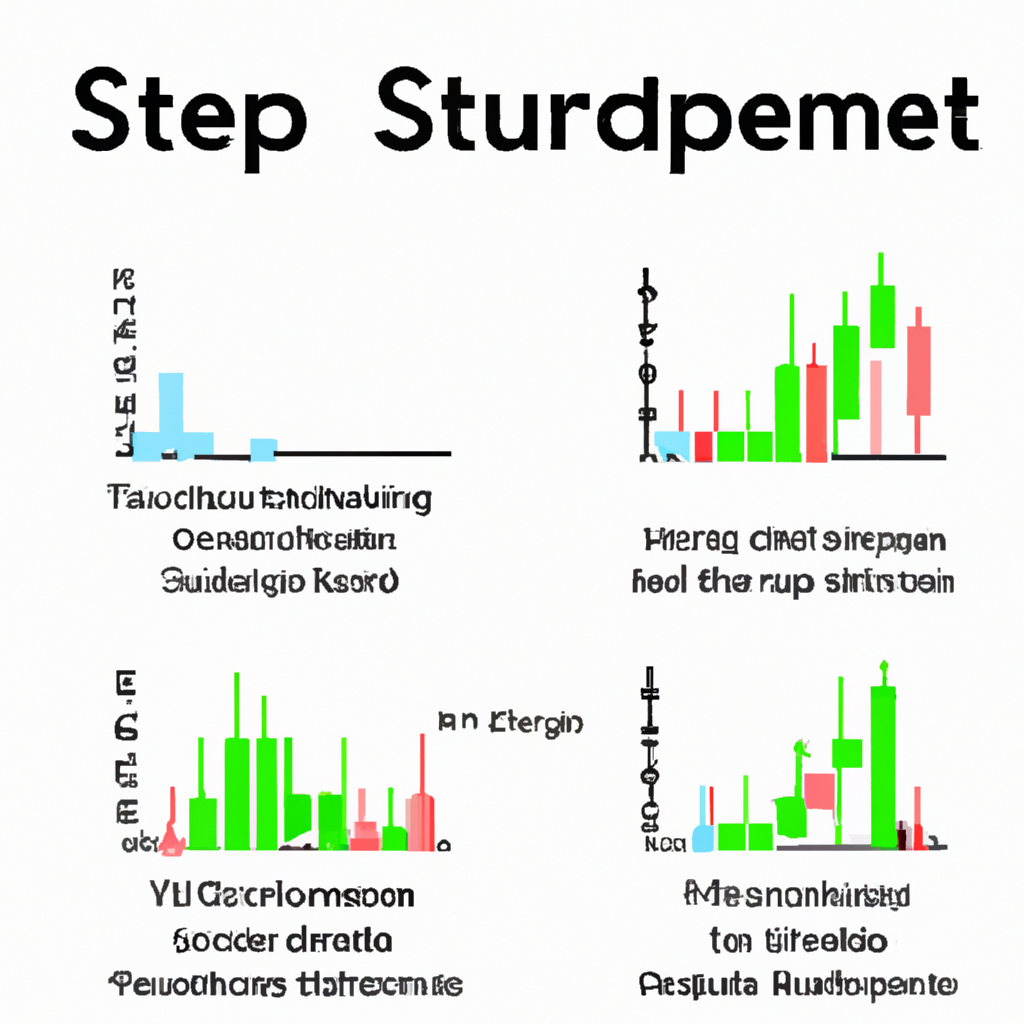
Enhancing Your Trading Performance with Support/Resistance Strategies
Support/Resistance Trading Strategies
Support and resistance levels are key concepts in technical analysis that help traders identify potential entry and exit points in the market. By understanding how to use these levels effectively, traders can improve their chances of making profitable trades. In this article, we will discuss some common support/resistance trading strategies that traders can use to enhance their trading performance.
Identifying Support and Resistance Levels
Before we delve into trading strategies, it is important to understand how to identify support and resistance levels in the market. Support levels are price levels where a stock or asset tends to find buying interest, preventing it from falling further. Resistance levels, on the other hand, are price levels where selling interest tends to emerge, preventing the price from rising further.
Traders can identify support and resistance levels by looking at historical price data and identifying areas where the price has repeatedly reversed direction. These levels can act as barriers that the price must overcome before continuing its trend.
Trading Strategies
There are several trading strategies that traders can use to take advantage of support and resistance levels. Here are some common strategies:
1. Breakout Strategy
The breakout strategy involves entering a trade when the price breaks above a resistance level or below a support level. Traders can place a buy order above the resistance level or a sell order below the support level, with a stop-loss order placed on the other side of the level to manage risk.
2. Bounce Strategy
The bounce strategy involves entering a trade when the price bounces off a support or resistance level. Traders can place a buy order when the price bounces off a support level or a sell order when the price bounces off a resistance level. Stop-loss orders can be placed below the support level or above the resistance level to manage risk.
3. Pullback Strategy
The pullback strategy involves entering a trade when the price retraces back to a support or resistance level after a breakout. Traders can wait for the price to retest the level and then enter a trade in the direction of the breakout. Stop-loss orders can be placed on the other side of the level to manage risk.
Conclusion
Support and resistance levels are important tools that traders can use to improve their trading performance. By understanding how to identify these levels and using the right trading strategies, traders can increase their chances of making profitable trades. It is important to remember that trading involves risk, and traders should always use proper risk management techniques when implementing support/resistance trading strategies.

